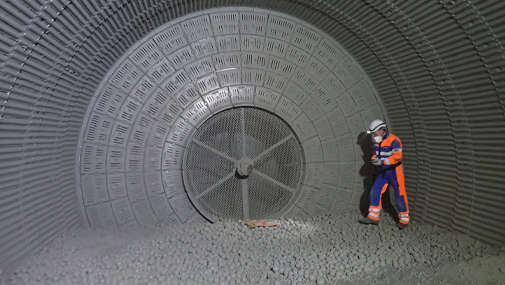Discover Chryso's new brand identity
Born from the strategic alliance between Chryso and GCP, our new brand embodies the best of both companies. It symbolises our journey and our future in the field of construction specialty chemicals.
In the coming months, expect a harmonised portfolio of solutions dedicated to the cement and concrete industries, presented under the Chryso brand.

